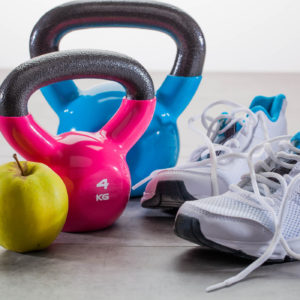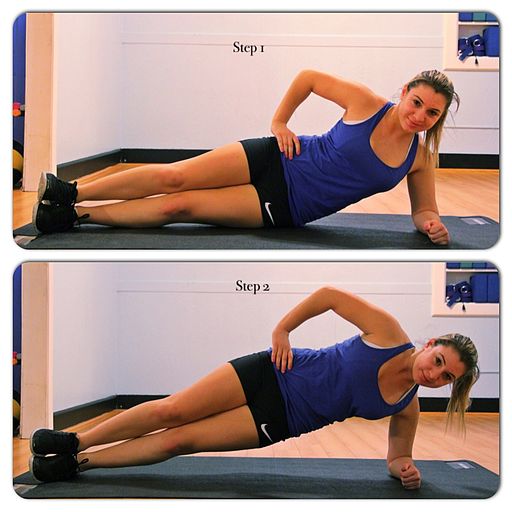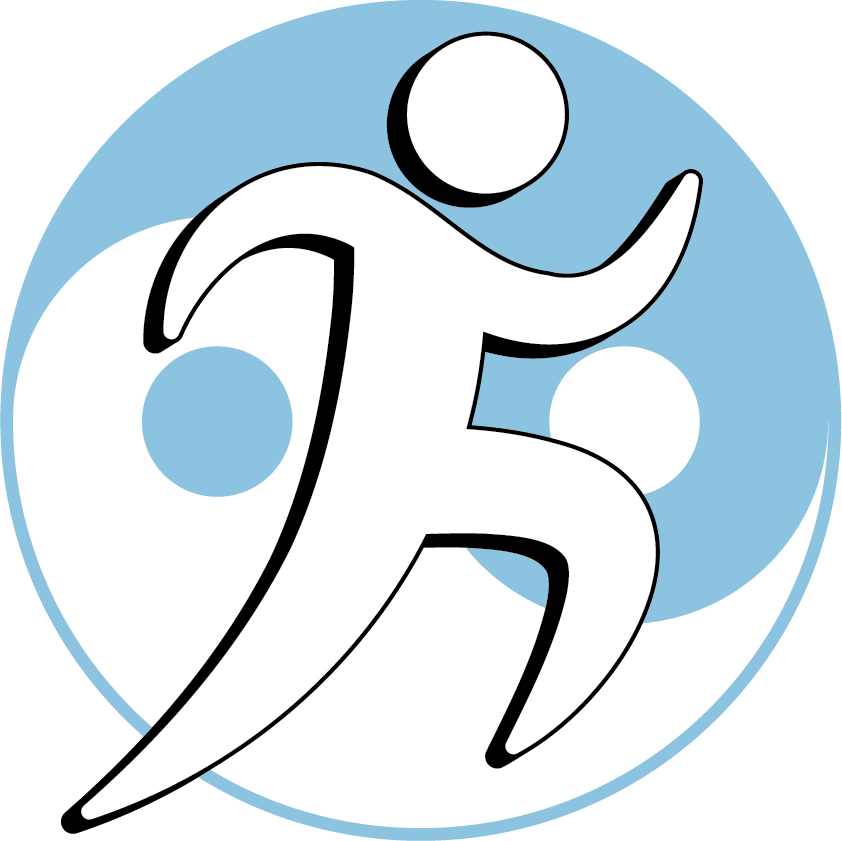for Self-care, Patient Prescription, and Co-management with Rehab Teams
An Integrative East-West Approach
With Instructor Anthony Von der Muhll, L.Ac., DAOM, DNBAO, FAIPM
Former Physical Therapy Aide, Athletic Training Assistant, and Certified Personal Trainer, American College of Sports Medicine
Sunday, May 5, 2025, 9:00-6:00
In-person only at the Academy of Chinese Culture and Health Sciences, 1600 Broadway, Oakland CA
Self-Paced Distance-Learning
Featuring high-quality pre-recorded webinar videos
"Is there anything I can do on my own to treat this?
"Should I do this exercise my fitness trainer showed me, even though it hurts?"
"I want to get more cardio and lose weight. Should I run, swim, or bike?"
"When can I go back to my gym workout/yoga class/marathon training?"
How often do we hear our patients ask questions like this? Want some better answers?
Easy-to-teach exercises can improve clinical outcomes by actively involving patients in self-care, and can complement AOM modalities. Drawing from qi gong, yoga, Pilates, and other techniques, we will discuss exercises for specific injuries to help patients to:
- Reduce stress, muscle tension, pain, anxiety and depression
- Accelerate healing and reduce chronicity of sprain/strain injuries
- Re-stabilize hypermobile joints, and restore normal joint tracking and biomechanics
- Slow and allow for reversal of joint degeneration that leads to osteoarthrosis
- Enhance the treatment of muscles, nerves, and other tissues and systems that contribute to chronic pain
- Maintain bone density, muscle strength and flexibility, coordination, and balance to reduce the risk of falls and injuries
- Support the patient in an active lifestyle and meeting their goals for health, fitness, work, sports and recreation
- Improve health of internal organs; the cardiovascular, lymphatic, endocrine & immune systems; mind, mood, & sleep; & overall quality & quantity of life.
Class Topics
- When to prescribe--or "un-prescribe" exercises: post-injury/surgery, chronic pain, and health maintenance
- How best to co-manage patients with physical therapists and surgical rehabilitation teams
- Which exercises can patients safely and effectively perform at home, for what body regions, systems, and injuries
- Analyzing common qi gong, yoga, Pilates, gym workouts, etc. for their risks and benefits, from an integrative East-West orthopedic and neurologic perspective
- Adapting exercises for specific conditions and patients
- How to integrate exercise therapy into the flow of a busy acupuncture clinic
- Scope-of-practice, coding, billing and malpractice considerations
And what's good for our patients is good for us--we'll review self-care exercises and ergonomics for acupuncturists!
"Very informative and useful course. Thank you!"
-- Lisa Zeppegno, L.Ac., Petaluma CA

General considerations in exercise therapy
- Review of L.Ac. scope-of-practice issues
- Risks and benefits: when to prescribe, un-prescribe, or refer out for co-management
- Co-managing with physical therapists: phases, benchmarks and goals of post-injury/surgery rehabilitation
- Exercise cautions and contraindications
- Differentiating exercise-induced injury vs. therapeutic delayed onset muscle soreness
- Prescription essentials: timing, sequence, repetitions, sets, duration, intensity, frequency
Roles of and indications for specific exercise techniques and styles
- Functional re-training: activities of daily living, work ergonomics, recreation and sports
- Stress reduction: qi gong and breathing exercises
- Flexibility: passive and active stretching, static and flow yoga styles
- Neurologic re-training and coordination
- Strengthening and stabilization exercises
- Joint loosening warm-ups, reciprocal inhibition, and abdominal bracing to improve safety and efficacy across all exercise styles
- Cardiovascular exercise for general health
- Assessing exercise prescription from the viewpoint of jing-jin and zang-fu imbalances
Exercise prescription for specific body regions, injuries and pain
- Spinal exercise prescription: upper body
- Cervical stabilization
- Thoracic mobilization
- Upper extremity exercise prescription
- Scapular stabilization and shoulder strengthening
- Elbow, forearm and wrist exercise therapy
- Spinal exercise prescription: lower body
- Core/lumbar stabilization
- Lower extremity exercise prescription
- Hip strengthening and mobilization
- Knee stabilization
- Calf, ankle and foot rehabilitation
- Putting it all together: posture, gait and ergonomics
Integrating exercise prescription into an acupuncture clinic
- Combining exercise with manual therapy and cupping in the same visit
- Tools, supplies, and space considerations
- Documentation, coding and billing for therapeutic exercise
- Stand-alone exercise classes: insurance, scope of practice and malpractice considerations
- Exercise knowledge and skill development for acupuncturists
Coaching patients on health maintenance through exercise
- Working with patient’s exercise readiness, compliance, tolerance and goals
- Home programs and telemedicine consults
- Group classes vs. individualized training
- Cardiovascular exercise options and prescription
- Recognizing limits and injuries; managing exercise-induced delayed-onset muscle soreness
View full certification program and register for in-person, live webinar and self-paced distance-learning classes.
To get the most out of this class, please wear workout clothes and shoes, and bring the following exercise tools, which you will be able to use later in your clinic. Exercise equipment will not be provided.
- One or more pairs of dumbbells in the 2-10 lb. range (a pair of 8-oz soup cans will do)
- Resistance tubing/bands of light-moderate gauge; also, squeeze balls, rings
- A wobble cushion/disc (e.g. “dynadisc”)
- 6” diameter rigid foam roller
- Yoga/exercise mat + straps or belts
Links are for informational purposes only and do not represent product endorsements. Anthony Von der Muhll does not have any financial relationship with exercise equipment makers or vendors.

